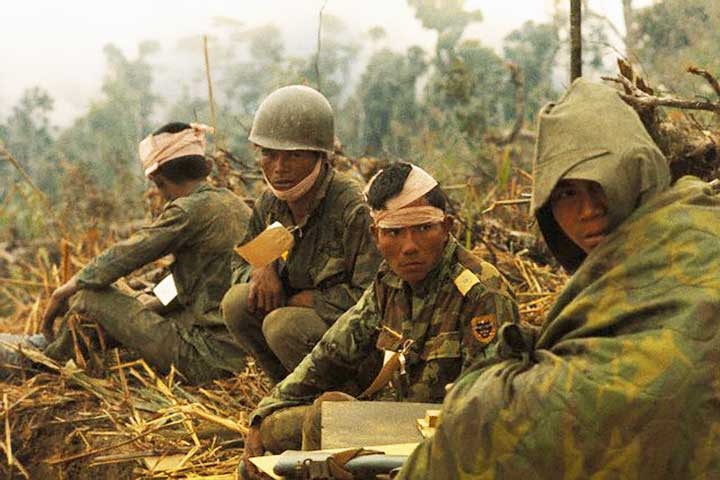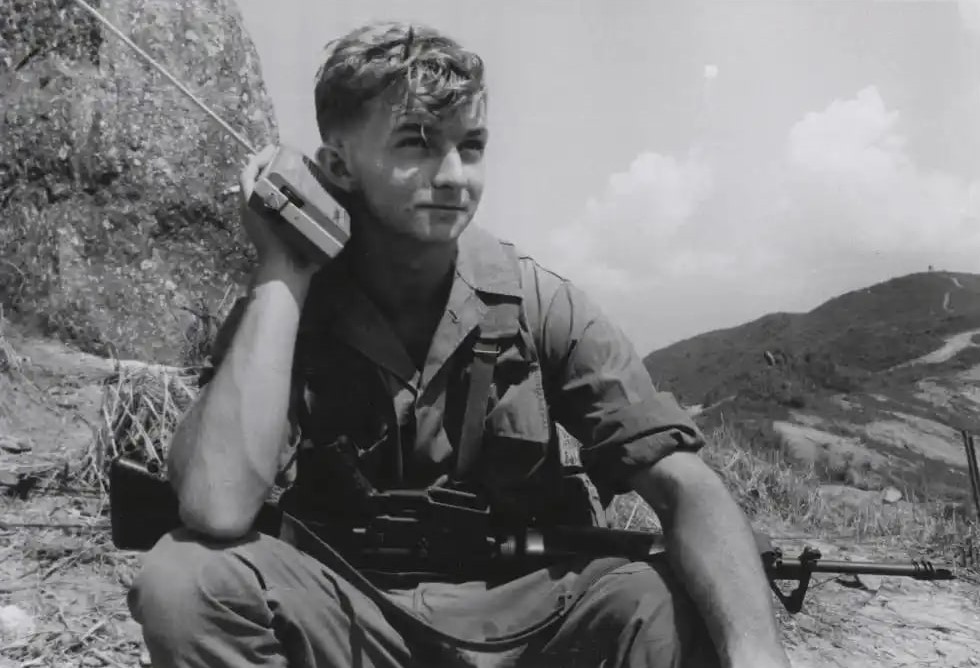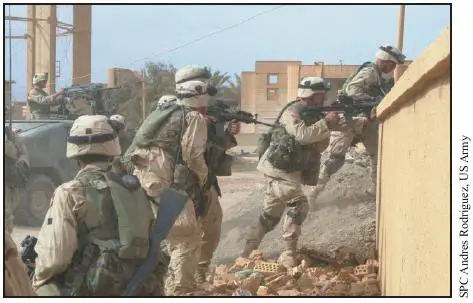3 APRIL 1969 - VIETNAMIZATION BEGINS - #VietnamWar
Shortly after taking office, President Richard M. Nixon announced a policy that heralded the coming end to US combat in Southeast Asia and a simultaneous strengthening of South Vietnam's ability to defend itself.
#Armyhistory
Shortly after taking office, President Richard M. Nixon announced a policy that heralded the coming end to US combat in Southeast Asia and a simultaneous strengthening of South Vietnam's ability to defend itself.
#Armyhistory

On 3 Apr 1969, Nixon proposed to begin the process of Vietnamization as part of the new strategy. On 8 June 1969 the Midway Conference was held and upon completion of talks South Vietnam, and US heads of state announced the initial withdrawal of US troops.
#USArmy #TRADOC
#USArmy #TRADOC
The option for further withdrawals was to be geared to the improvement and modernization of the Republic of Vietnam Armed Forces, developments at the Peace Talks in Paris, and the status of enemy capabilities and activities.
#MilitaryHistory #Vietnamization #Nixon
#MilitaryHistory #Vietnamization #Nixon

Phase I reduced US strength by 25,000, to include redeployment of the 9th Infantry Division and the 9th USMC Reg Landing Team. After completion of the first phase redeployment, the President announced, on 15 Sep 1969, the second phase reduction of 40,500 authorized spaces. 

Included in Phase II was the 3d Marine Division (-) which was engaged in northern I Corps Tactical Zone (CTZ) along the Demilitarized Zone (DMZ). That phase was to be completed no later than 15 December. 

On that date, Phase II redeployment having been completed successfully, the President directed a third phase reduction of 50,000 spaces prior to 15 April 1970
• • •
Missing some Tweet in this thread? You can try to
force a refresh

 Read on Twitter
Read on Twitter




















